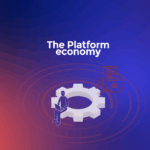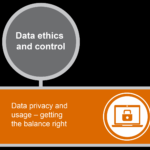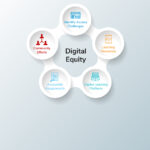Monetizing underused assets in the digital share economy: Unlocking Hidden Value
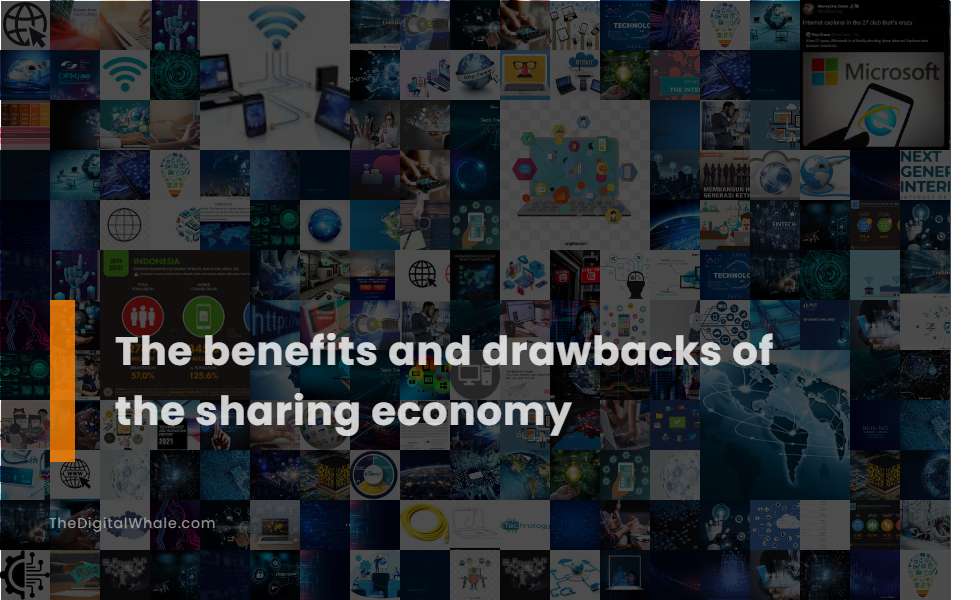
Embark on a journey through the realm of monetizing underused assets in the digital share economy, where untapped potential meets innovative solutions. Discover how individuals and businesses can leverage their idle resources to generate income and create new opportunities in the digital landscape.
Delve deeper into the strategies, platforms, and challenges involved in this process to gain valuable insights into maximizing the value of underutilized assets.
Introduction to Monetizing Underused Assets in the Digital Share Economy

Underused assets in the digital share economy refer to resources or possessions that are not fully utilized or are idle for a significant amount of time. Monetization within this framework involves leveraging these unused assets to generate income or profit through digital platforms and marketplaces.
This concept allows individuals or businesses to unlock the value of their underused assets by making them available for sharing or rental, thereby creating new revenue streams.
Examples of Underused Assets that can be Monetized Digitally
- Unused parking spaces in urban areas that can be rented out through peer-to-peer parking platforms like ParkWhiz or SpotHero.
- Underutilized equipment or tools that can be listed on platforms such as Fat Llama or ToolShare for rental to others in need.
- Empty rooms or properties that can be offered as short-term rentals on platforms like Airbnb or Vrbo.
- Time and expertise that can be monetized through online consulting or freelancing services on platforms like Upwork or Fiverr.
Strategies for Identifying Underused Assets
Identifying underused assets is crucial for maximizing revenue in the digital share economy. By recognizing assets that are not being fully utilized, individuals and businesses can unlock new opportunities for monetization.Traditional asset identification methods often involve physical inspections, manual record-keeping, and market research.
In contrast, digital asset identification techniques leverage data analytics, machine learning, and online platforms to identify underused assets more efficiently and accurately.
Utilizing Data Analytics
Data analytics tools can help analyze usage patterns, demand trends, and market dynamics to pinpoint underutilized assets. By collecting and analyzing data from various sources, such as user interactions, transaction histories, and market comparisons, businesses can identify opportunities for optimizing asset utilization.
Implementing Machine Learning Algorithms
Machine learning algorithms can automate the process of identifying underused assets by learning from historical data and predicting future utilization patterns. By training algorithms to recognize signals of underutilization, businesses can proactively address inefficiencies and maximize asset performance.
Exploring Online Platforms
Online platforms, such as peer-to-peer rental marketplaces and asset-sharing networks, provide opportunities to discover underused assets within a broader community. By listing assets on these platforms, individuals can reach a wider audience and generate additional income from assets that would otherwise remain idle.
Platforms and Models for Monetizing Assets
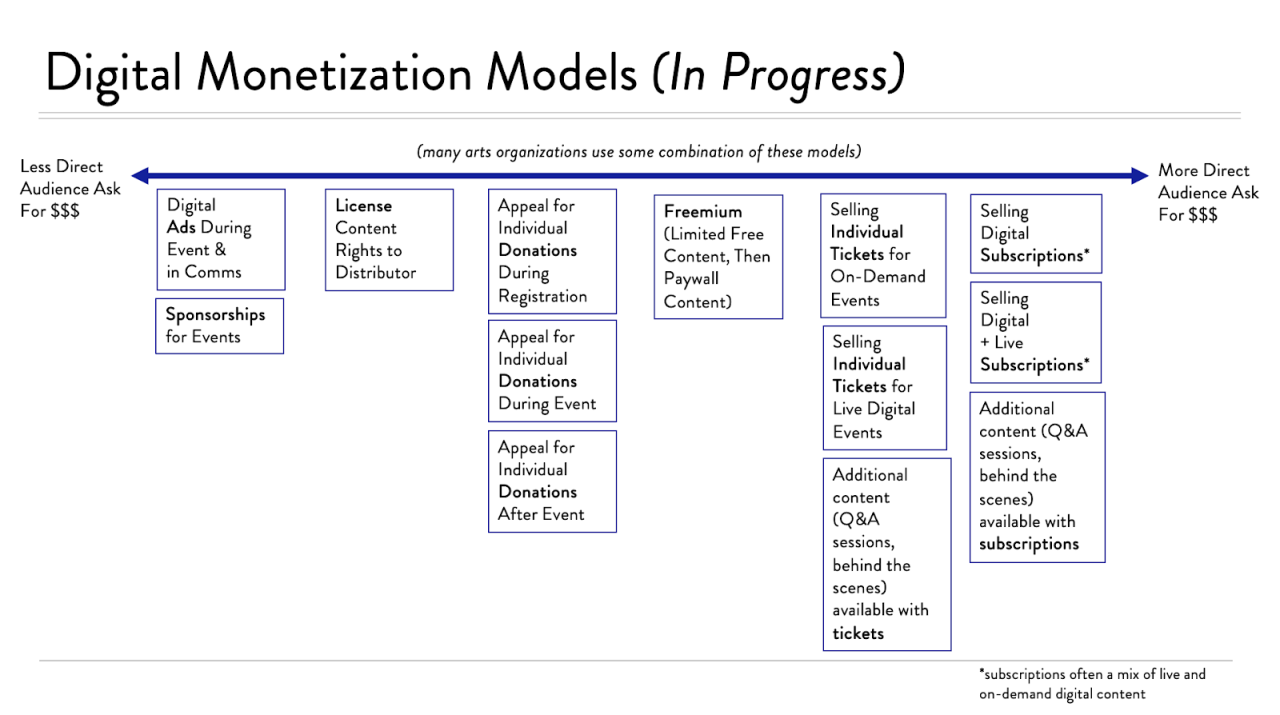
In the digital share economy, there are various platforms and models that enable individuals and businesses to monetize underused assets effectively.
Digital Platforms for Monetizing Assets
- Peer-to-peer rental platforms like Airbnb and Turo allow individuals to rent out their underused properties or vehicles to generate income.
- Online marketplaces such as Etsy and eBay provide a platform for people to sell handmade or unique items that may have been sitting idle.
- Freelancing platforms like Upwork and Fiverr enable individuals to monetize their skills and expertise by offering services to clients worldwide.
Successful Business Models for Monetizing Assets
- Subscription-based models like Netflix and Spotify offer users access to a vast library of content for a recurring fee, monetizing underused digital assets.
- Sharing economy models like Uber and Lyft allow individuals to monetize their underused vehicles by providing transportation services to customers.
- Affiliate marketing models enable individuals to earn commissions by promoting products or services through their online platforms or social media channels.
Examples of Effective Monetization in the Digital Share Economy
- Patagonia's Worn Wear program allows customers to resell their used Patagonia clothing on the company's platform, promoting sustainability and generating revenue.
- TaskRabbit connects individuals with tasks to be done with freelancers willing to complete them, providing a platform for monetizing various skills and services.
- Rent the Runway offers a subscription-based model for renting designer clothing and accessories, allowing users to access high-end fashion at a fraction of the cost.
Challenges and Solutions in Monetizing Underused Assets
Monetizing underused assets in the digital share economy comes with its own set of challenges that businesses and individuals may encounter. However, there are innovative solutions that can help overcome these obstacles while also prioritizing sustainability and ethics.
Common Challenges Faced
When attempting to monetize underused assets digitally, some common challenges include:
- Lack of visibility: Underused assets may not be easily discoverable by potential users or customers.
- Trust and security concerns: Users may be hesitant to engage with unfamiliar assets or platforms.
- Pricing and valuation difficulties: Determining the appropriate price for underused assets can be challenging.
Solutions to Overcome Challenges
To address these challenges, innovative solutions can be implemented:
- Utilize digital marketing strategies to increase visibility and reach a wider audience.
- Implement robust security measures and transparent policies to build trust with users.
- Utilize data analytics and market research to determine competitive pricing and valuation strategies.
Importance of Sustainability and Ethics
It is crucial to consider sustainability and ethics when monetizing underused assets. This ensures that resources are used efficiently and responsibly, while also upholding ethical standards in business practices. By prioritizing sustainability and ethics, businesses can build trust with consumers and contribute to a more sustainable economy.
Last Point
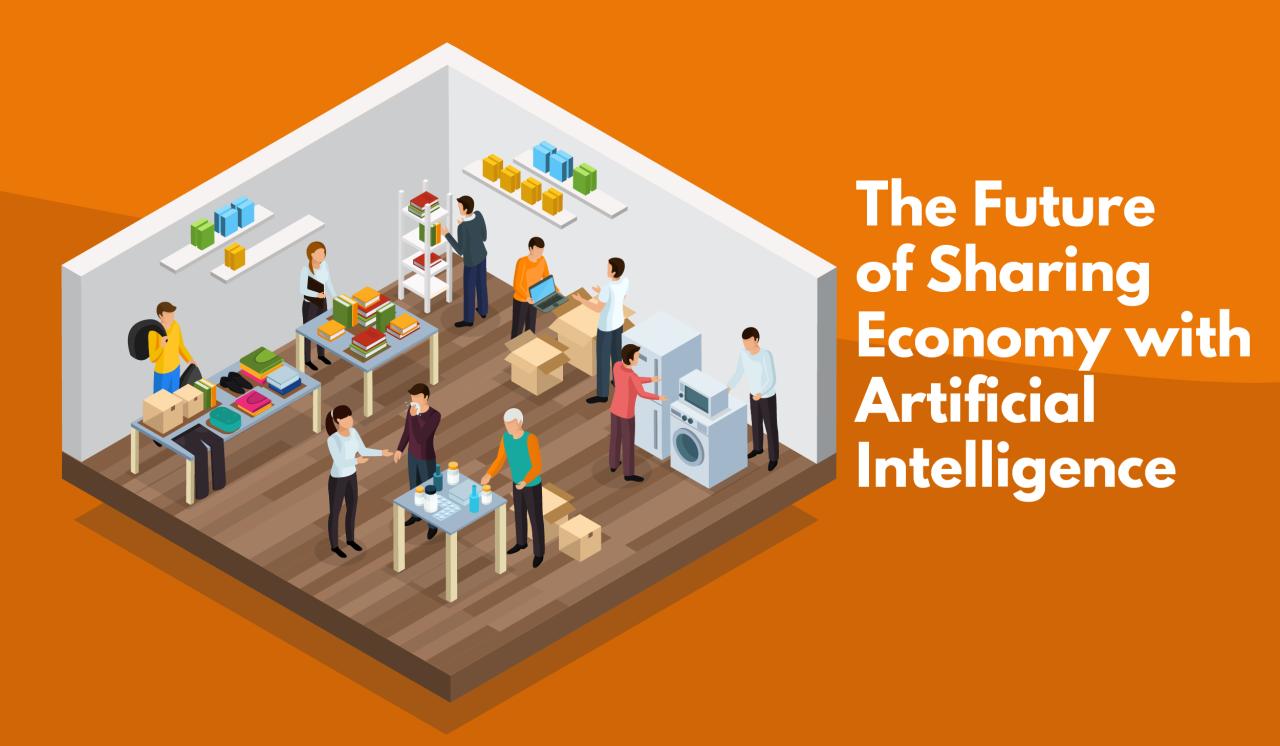
As we conclude our exploration of monetizing underused assets in the digital share economy, remember that the key to success lies in identifying hidden gems and transforming them into profitable ventures. By embracing sustainability and ethical practices, we pave the way for a more inclusive and dynamic economic ecosystem.
Top FAQs
How can I determine if my assets are underused?
Look for patterns of low utilization or limited revenue generation compared to the potential value of the asset.
What are some common challenges in monetizing underused assets digitally?
Issues like lack of awareness, market saturation, and technological barriers can hinder the monetization process.
Are there any specific tools or platforms recommended for identifying underused assets?
Platforms like data analytics tools, asset tracking software, and market research platforms can assist in identifying underutilized assets.



